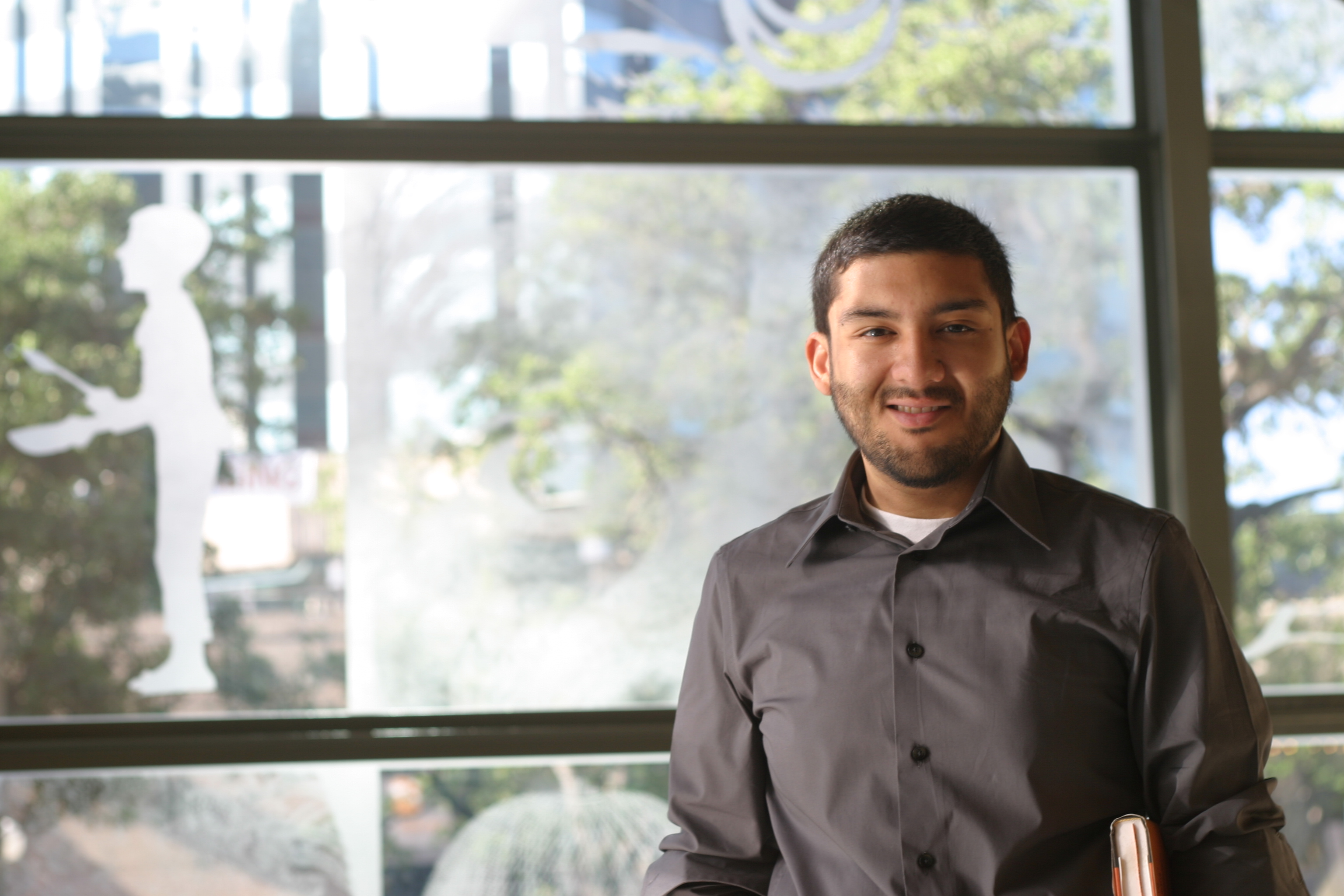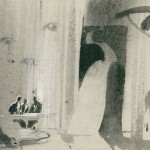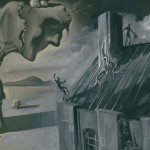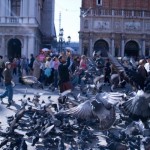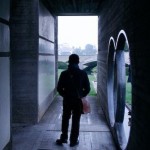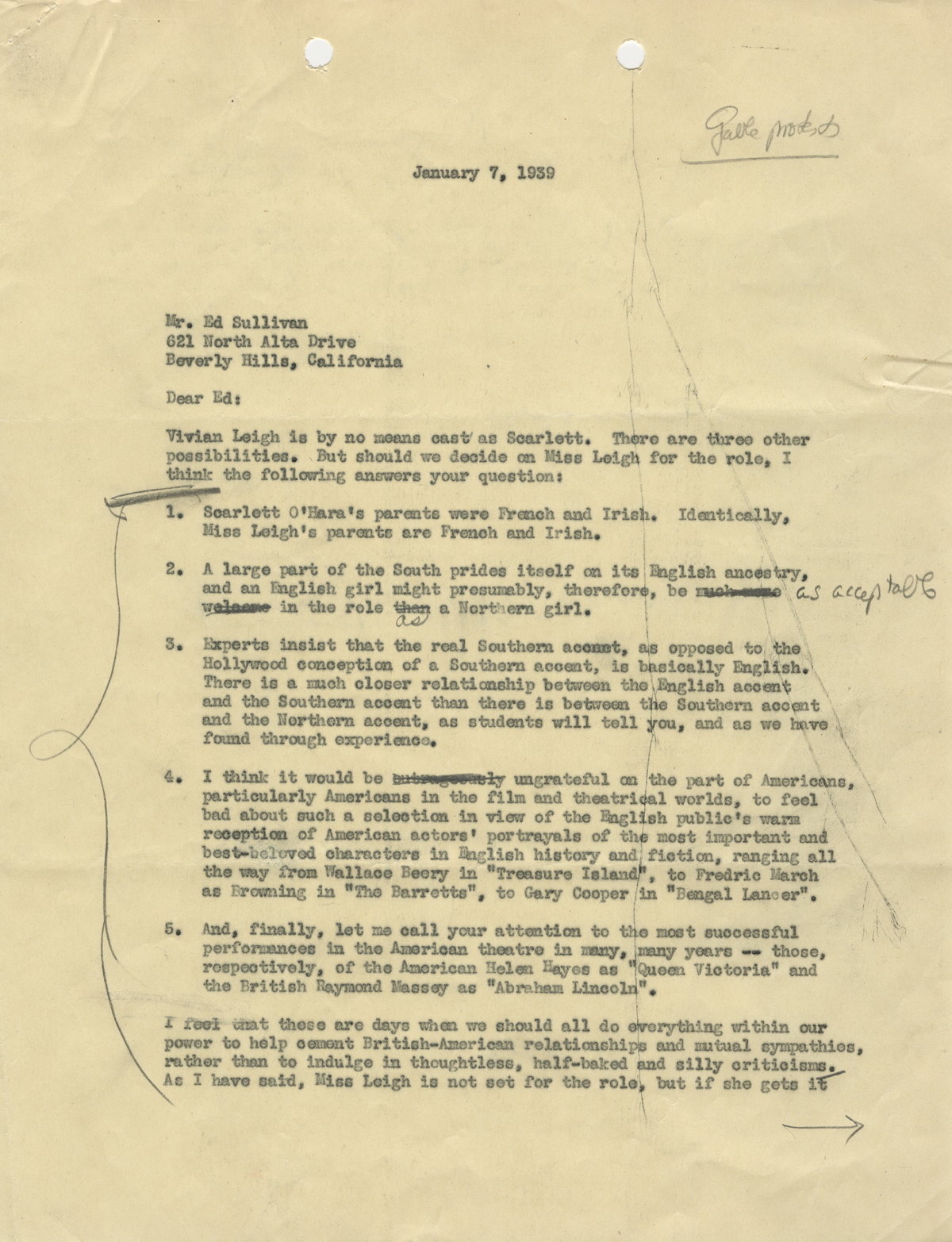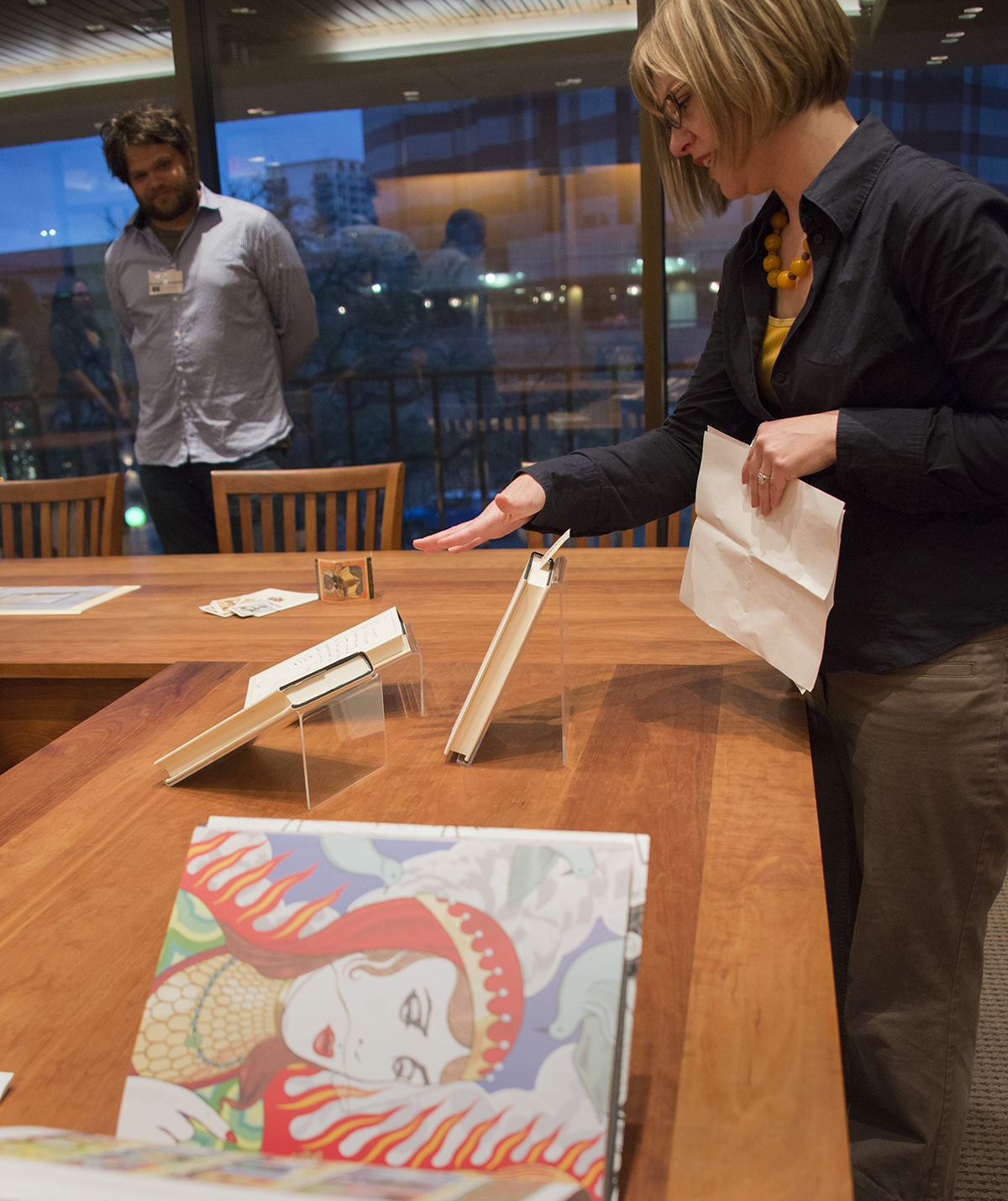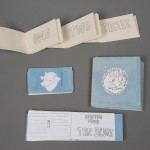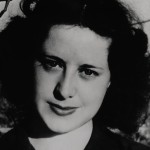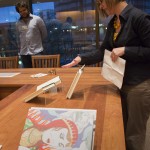Meet the Staff is an occasional series on Cultural Compass that highlights the work, experience, and lives of staff at the Harry Ransom Center. Albert A. Palacios has been the Film Curatorial Assistant at the Ransom Center since January 2010 and is a doctoral student in Latin American history at The University of Texas at Austin. He holds a Master of Science in Information Studies and a Master of Arts in Latin American Studies from The University of Texas at Austin. He was recently awarded the 2014 prize for best graduate essay for Book History. The judges noted “Not only is his research breathtaking, he offers a whole new approach to the issue of Spanish colonial censorship, and beyond that, a new perspective on the mechanics of censorship in general.” Palacios has coordinated several major volunteer projects, including the digitization of the Alfred Junge collection, the preservation of the Perry Mason film, and the fan mail database in the web exhibition Producing Gone With The Wind.
What does an average day for you entail?
Typically I manage eight to 15 graduate volunteers working at the film department each semester. We work on a range of projects, from creating digital collections and preserving film media to processing archives. However, this past semester we had 24 graduate and undergraduate students helping develop content for the web exhibition Producing Gone With The Wind.
Tell us about your role in the exhibition The Making of Gone With The Wind?
I was the project coordinator for the Gone With The Wind fan mail database, which shares thousands of letters that Selznick International Pictures received between 1936 and 1939. I recruited and trained graduate volunteers on preparing letters for scanning, digitization, image cropping, database records, transcription, as well as writing feature stories about the different types of letters. I also reviewed for quality and approved each entry. To date, we have records for more than 3,000 letters and transcripts for more than 6,000 pages.
What’s the most rewarding part about your job?
I think working with the volunteers is the most rewarding. They help us accomplish many high-quality projects, and they are always so excited and engaged. I am particularly glad to see that the myriad experiences and skills we offer can support their professional development. They help us preserve and make our collections accessible, while we help them define their career aspirations.
Tell us about your academic background and interests.
I started as an undergraduate at UT, pursuing a dual degree in architecture and anthropology. I knew I didn’t want to be an architect or an archaeologist when I finished in 2009, but I still wanted to explore questions of design and cultural representation. I started looking at museum exhibition design while I was studying architecture in Italy. That was when I decided to combine my architecture and archaeology/anthropology majors within the context of museums and archives at the School of Information. I graduated with my master’s degree there and jumped over to Latin American studies, where I wrote my thesis on book censorship in sixteenth-century Mexico. After receiving my master’s degree, I began in the history Ph.D. program. Ultimately, I’m working toward becoming a curator of Latin American special collections.
Did you travel to research your thesis?
I have gone to Mexico City, Chicago, New York, and other U.S. cities the throughout past two years to hunt down Mexican “inculabula” and manuscript sources that elucidate publishing practice in sixteenth-century Mexico. I am analyzing the censorship process, printing privilege (akin to copyright) and the social networks that intellectually and economically favored New Spain’s authors. I’m happy to say that two papers from that research are being published this year—one will be a chapter in a book and another in an academic journal.
What’s your favorite movie?
Spellbound! I’m a big fan of psychological thrillers. At the Ransom Center, we have original storyboards, construction drawings, and props that were created for the movie’s dream sequence.
Please click on the thumbnails below to view larger versions of the images.
